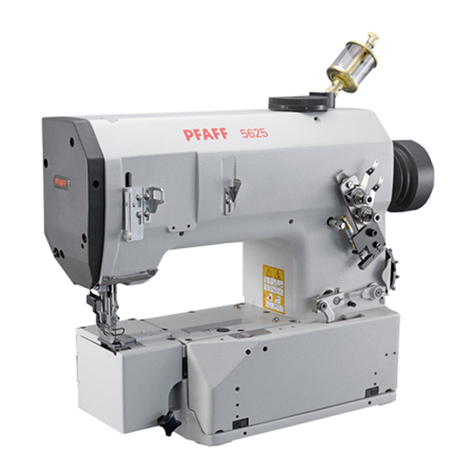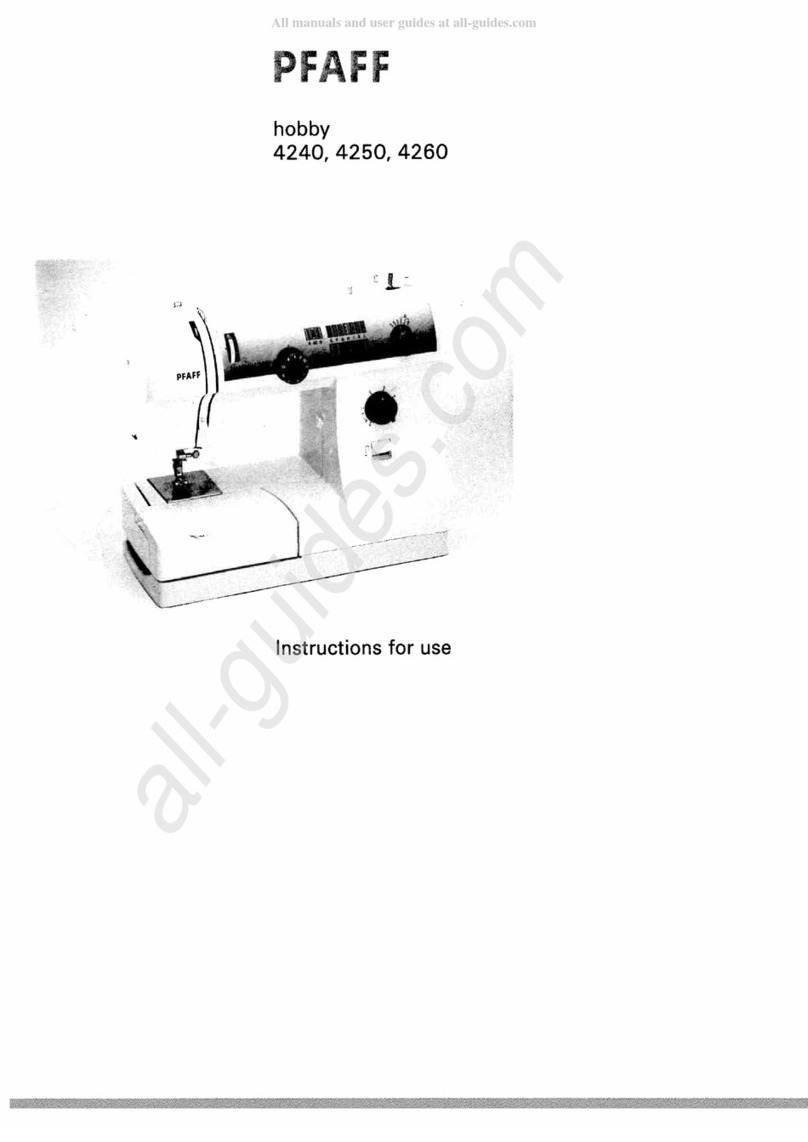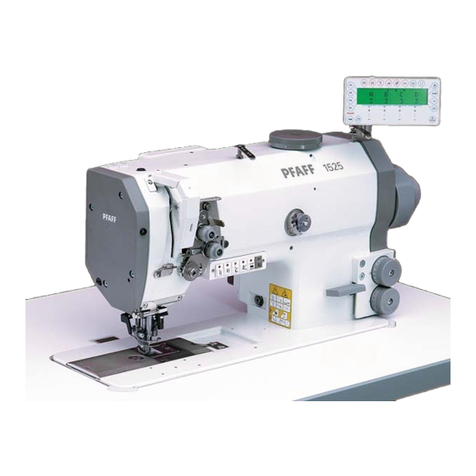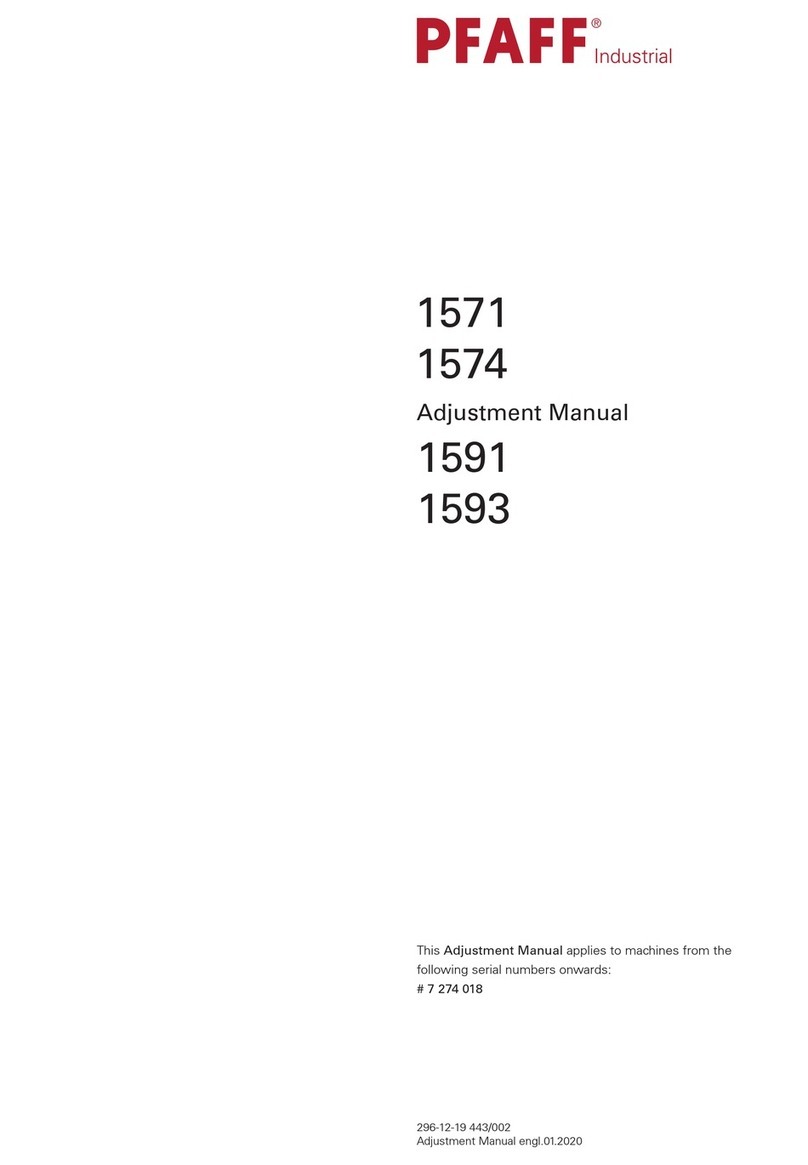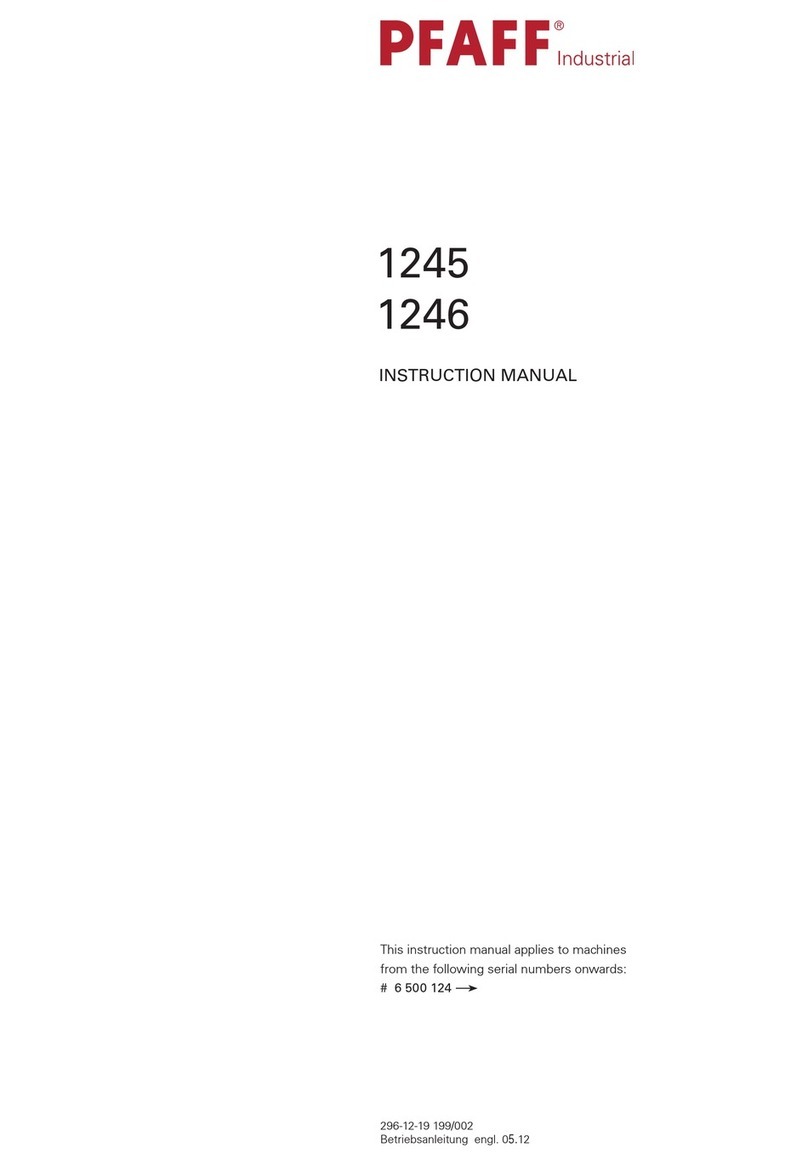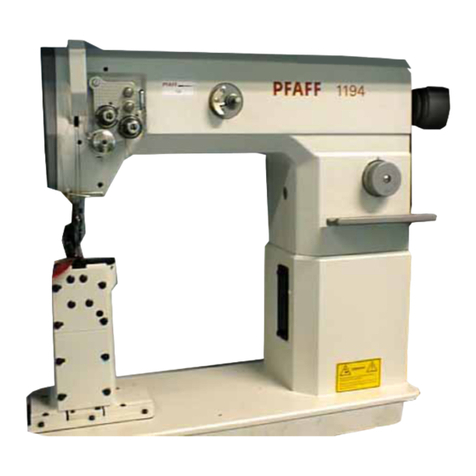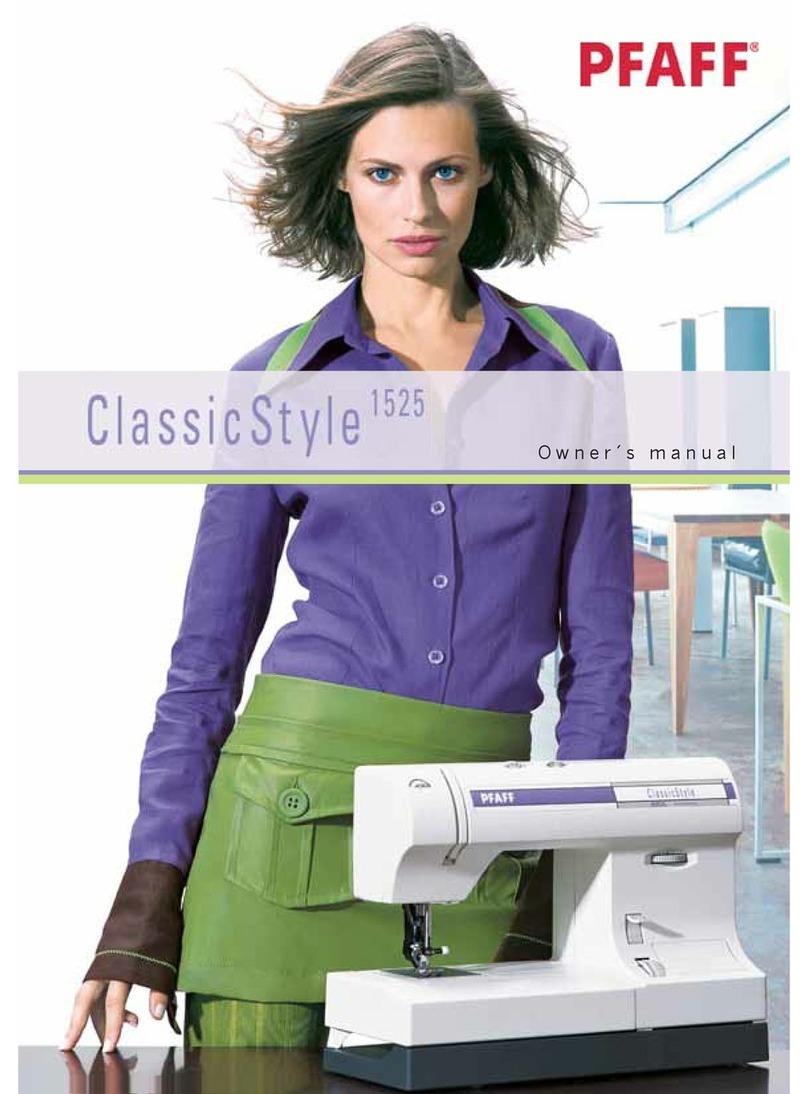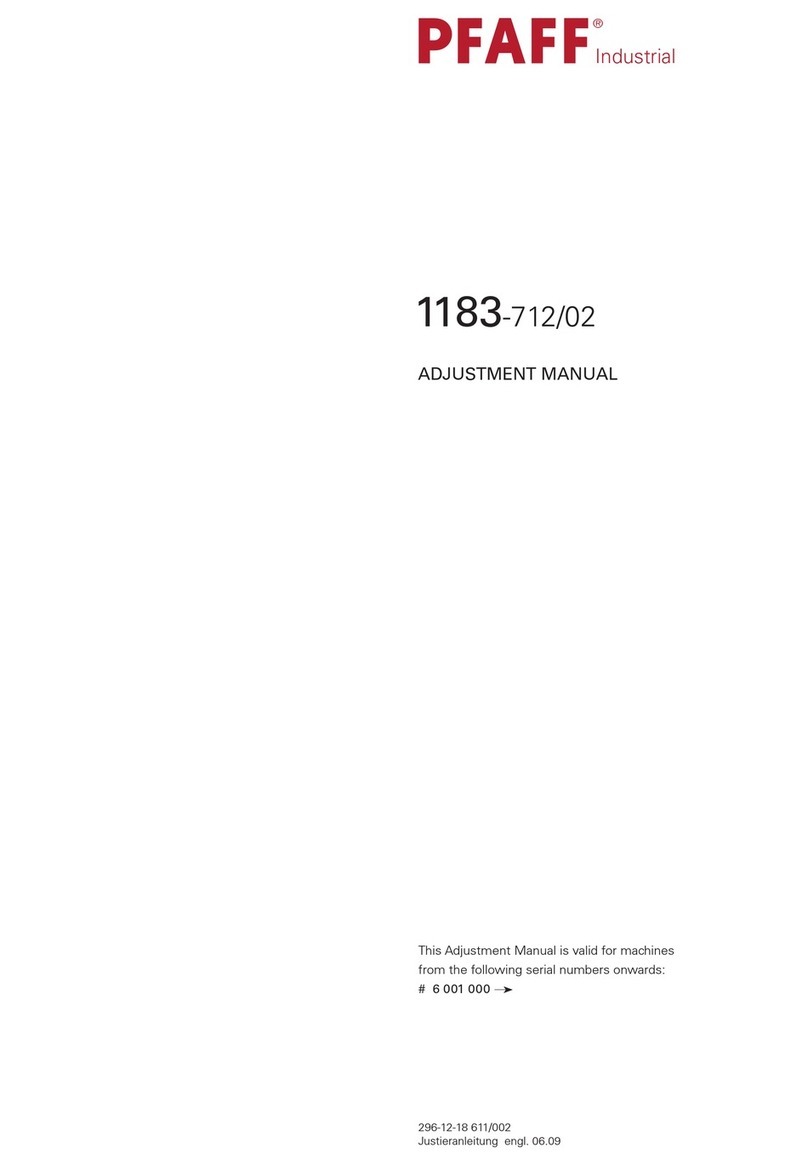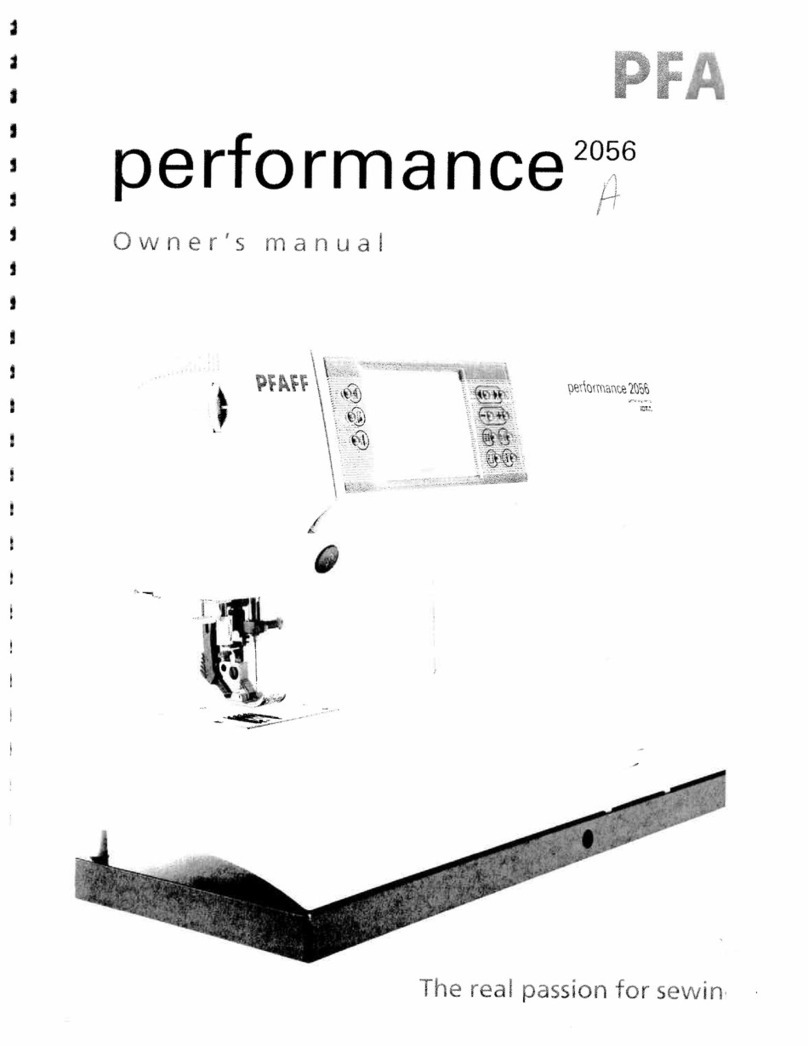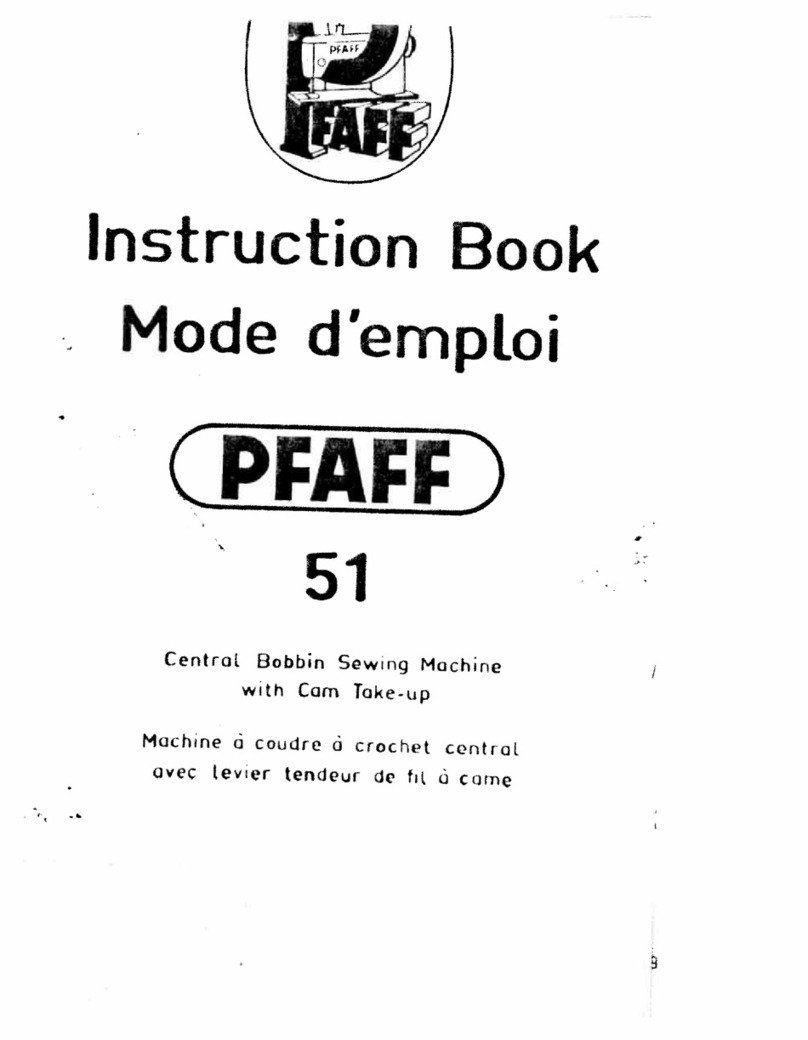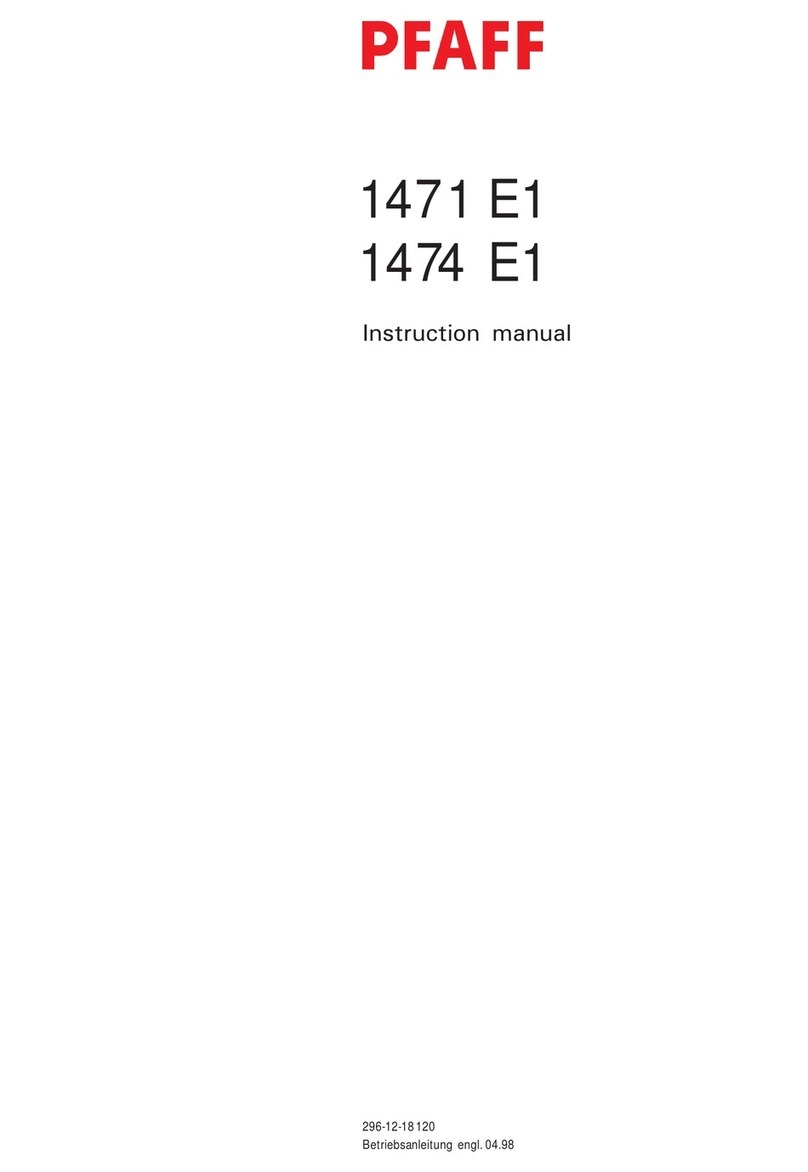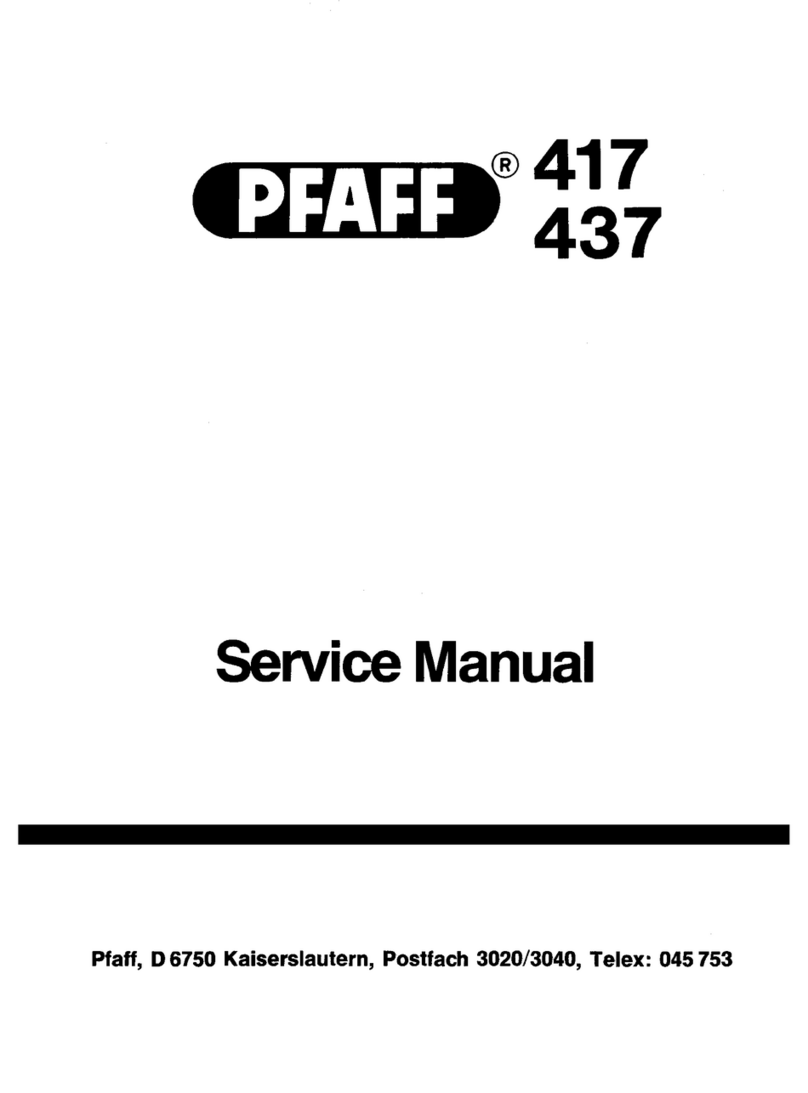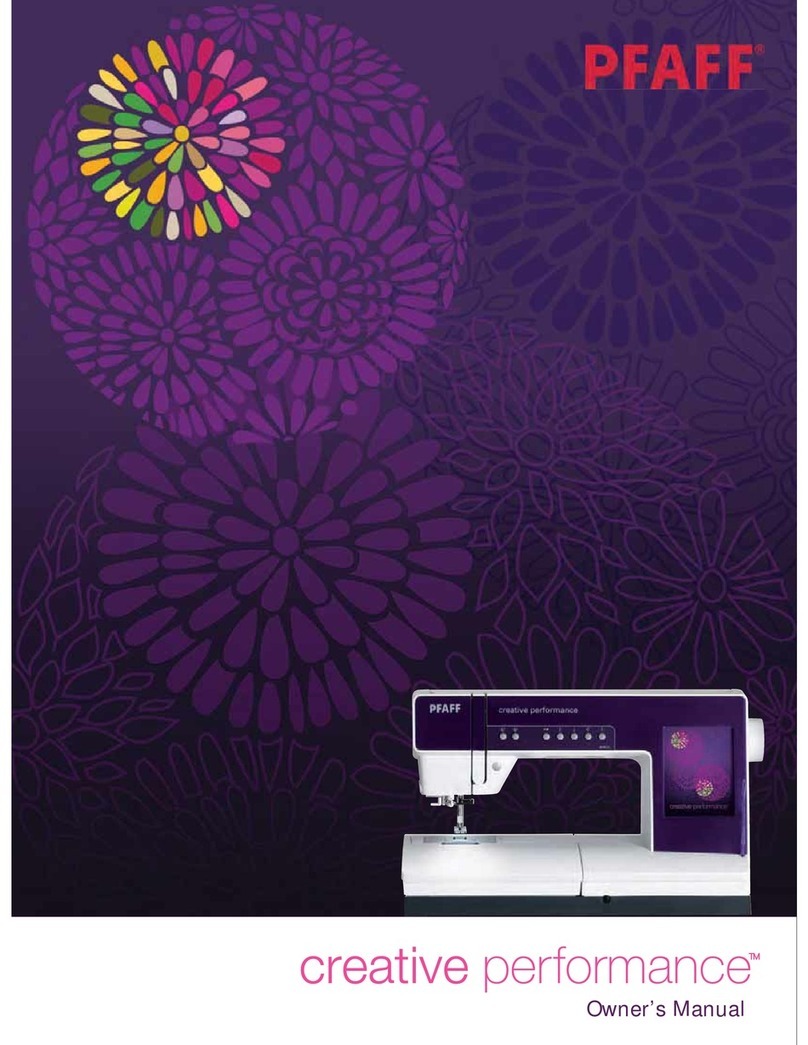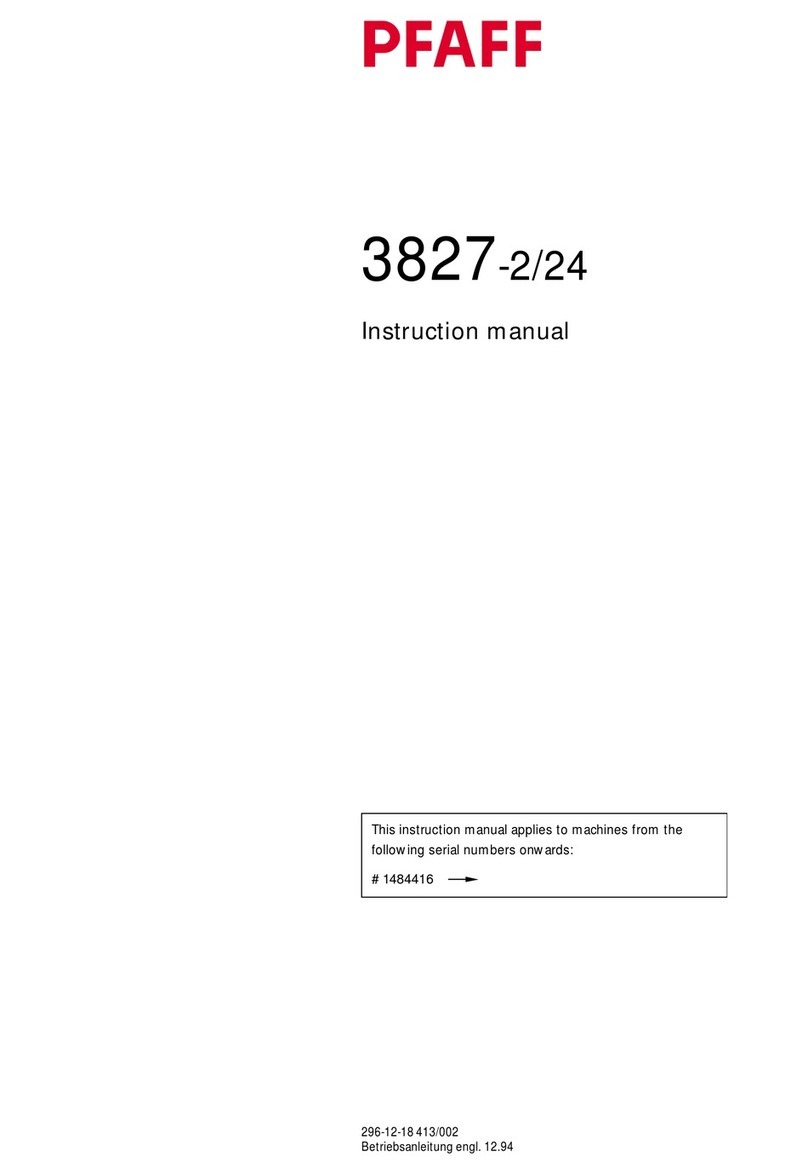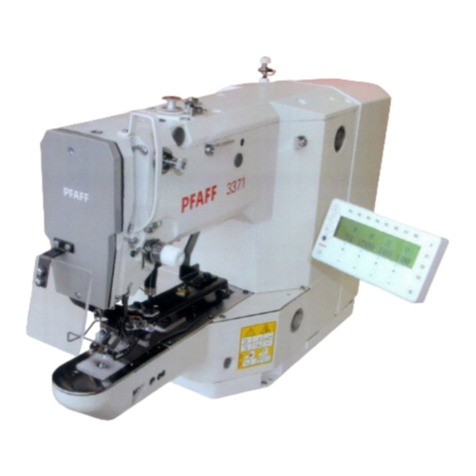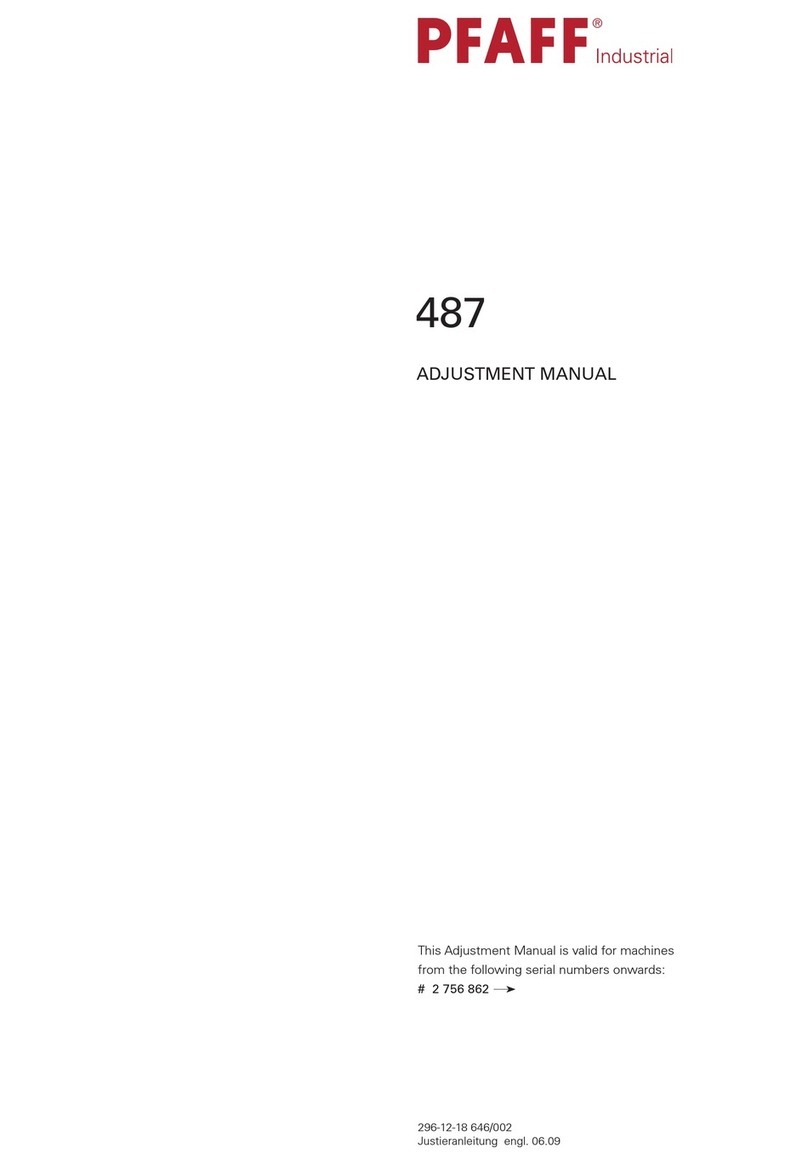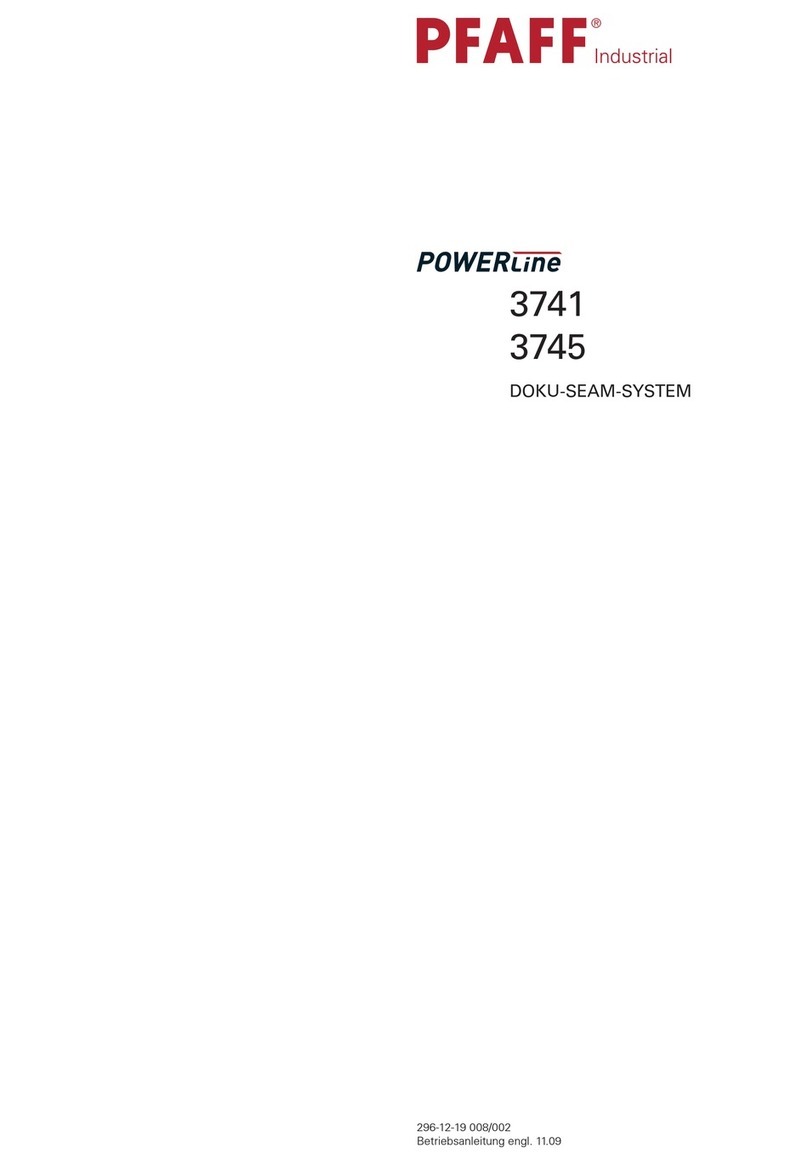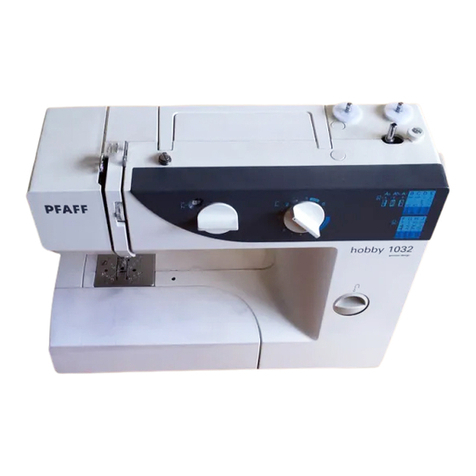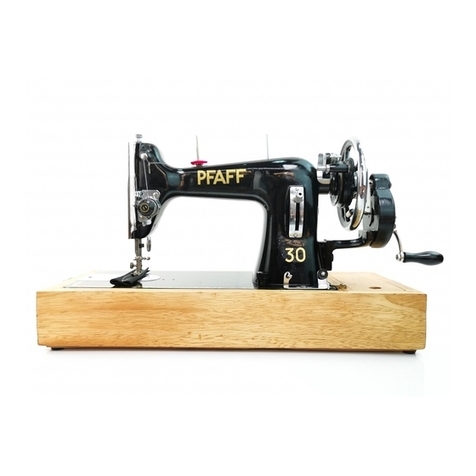
Safety
1 Safety
1.01 General notes on safety
●This machine may only be operated by adequately trained operators and only after
having completely read and understood the Instruction Manual!
●All Notes on Safety and Instruction Manuals from the motor manufacturer are to be read
before operating the machine!
●The danger and safety instructions on the machine itself are to be followed!
●This machine may only be used for the purpose for which it is intended and may not be
operated without its safety devices. All safety regulations relevant to its operation are to
be adhered to.
●When exchanging sewing tools (e.g. needle, presser foot, needle plate and bobbin),
when threading the machine, before leaving the machine unattended and during
maintenance work, the machine is to be separated from the power supply by switching
off the On/Off switch or by removing the plug from the mains!
●Everyday maintenance work is only to be carried out by appropriately trained personnel!
●Repairs and special maintenance work may only be carried out by qualified service staff
or appropriately trained personnel!
●For maintenance and repair work on pneumatic devices, the machine must be
disconnected from the pneumatic power supply! The only exception to this rule is when
adjustments are made or when checks for proper functioning are carried out by
appropriately trained service staff.
●Work on electrical equipment may only be carried out by appropriately trained personnel!
●Work is not permitted on parts and equipment which are connected to the power
supply! Exceptions to this rule are specified in the regulations EN 50110.
●Modifications and alterations to the machine may only be carried out in compliance with
all of the relevant safety regulations!
●Only spare parts which have been approved by us are to be used for repairs! We
expressly point out that any replacement parts or accessories which are not supplied by
us have not been tested and approved by us. The installation and/or use of any such
products can lead to negative changes in the structural characteristics of the machine.
We are not liable for any damage which may be caused by non-original parts.
1 - 1
